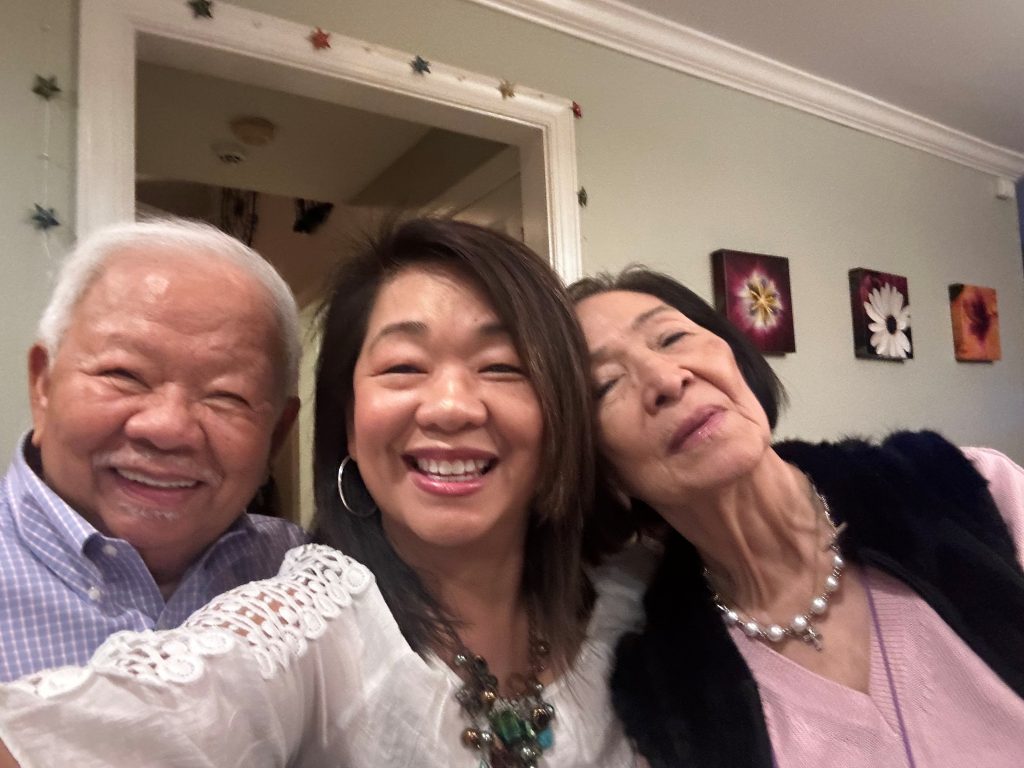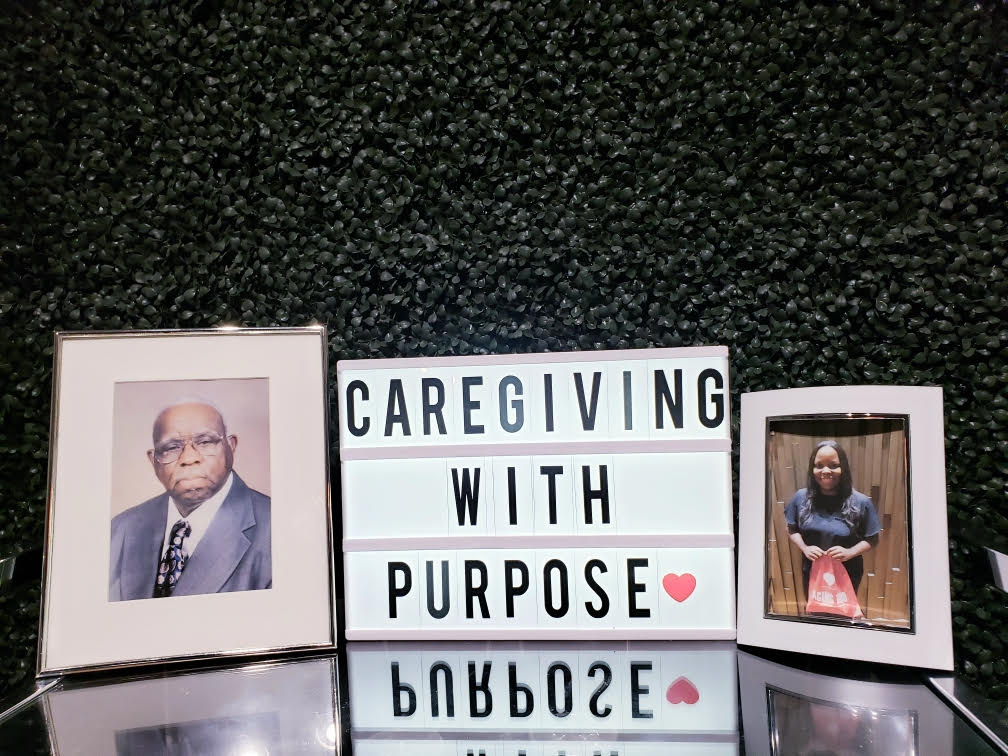When the ASA Generations Editorial Advisory Board invited me to guest edit an edition of Generations Journal on the Older Americans Act (OAA), I jumped at the chance. Having been involved with one aspect or another of the Act my entire career, I visualized a whole range of approaches and a long list of smart and talented people I had known over the years who would contribute.
The opportunity came at a time when changes to aging services were happening at a blistering rate, while senior leadership at all levels of the Aging Network was undergoing generational change. Recognizing that the OAA is as close to a national policy on aging as this country is likely to get made the chance to educate about and advocate for something that is so important to many and so poorly understood by even more (especially those in the healthcare industry), too important to pass up.
There were, however, a few challenges.
First, I was guest-editing an edition of a professional journal, not a book. The OAA was born at a dynamic time of American policy and program development in human services, the likes of which we had not seen until the COVID-19 disaster hit. Capturing what the people in charge of domestic policy (colloquially referred to as the “Founders”) had been thinking at the time of its birth proved to be too much, excepting a passing reference or two.
Second, there is a tremendous amount of change, some good, some bad, churning through the world of aging services right now, and drawing a full and objective picture just wasn’t feasible.
‘I am even more grateful to the authors who have contributed generously to this edition, and for their help in creating a picture of where the OAA and its Aging Network stands.’
Third, there really is a generational leadership change going on, along with real losses in institutional memory, not only in the ranks of the Aging Network, but also in academic settings where so much of the early policy directions were debated (and then debated again).
Fourth and last, the changes wrought upon the country as a result of the COVID-19 pandemic have had the simultaneous effect of making anything that requires a lot of teamwork more difficult, while also making the workloads of many busy people even busier. A few people, especially those who were in the habit of capturing history in paper files, have just said the heck with it. And those who could no longer depend upon the generous help of people with greater computer and online searching skills moved more slowly.
Because of these challenges and others, I am even more grateful to the authors who have contributed generously to this edition, and for their help in creating a picture of where the OAA and its Aging Network stands at the doorstep of its own maturity. The OAA embraced the vision that the mission of building capacity and willingness of the country to support a growing number of older Americans would require a strong and durable foundation in its communities. Further, its evolution over time has emphasized the idea that foundations need maintenance as well as upgrading, especially as the demands upon them grow and change. At the same time, we need to recognize that the aging of America was just beginning when the OAA was created and will be with us and increasingly consequential for decades to come.
Well, here we are. I hope this edition of Generations Journal helps our readers to think through the things that need to come next and the role the OAA should play in it.
Richard Browdie is founder and principal at Browdie Consulting, a past chair of the Generations Editorial Advisory Board, and a past president of the Board of Directors of the American Society on Aging. Previous to consulting he spent 17 years as president and CEO of the Benjamin Rose Institute on Aging in Cleveland, Secretary of Aging for the Commonwealth of Pennsylvania, and about five decades of leadership in the Aging Network advocating for older adults.













